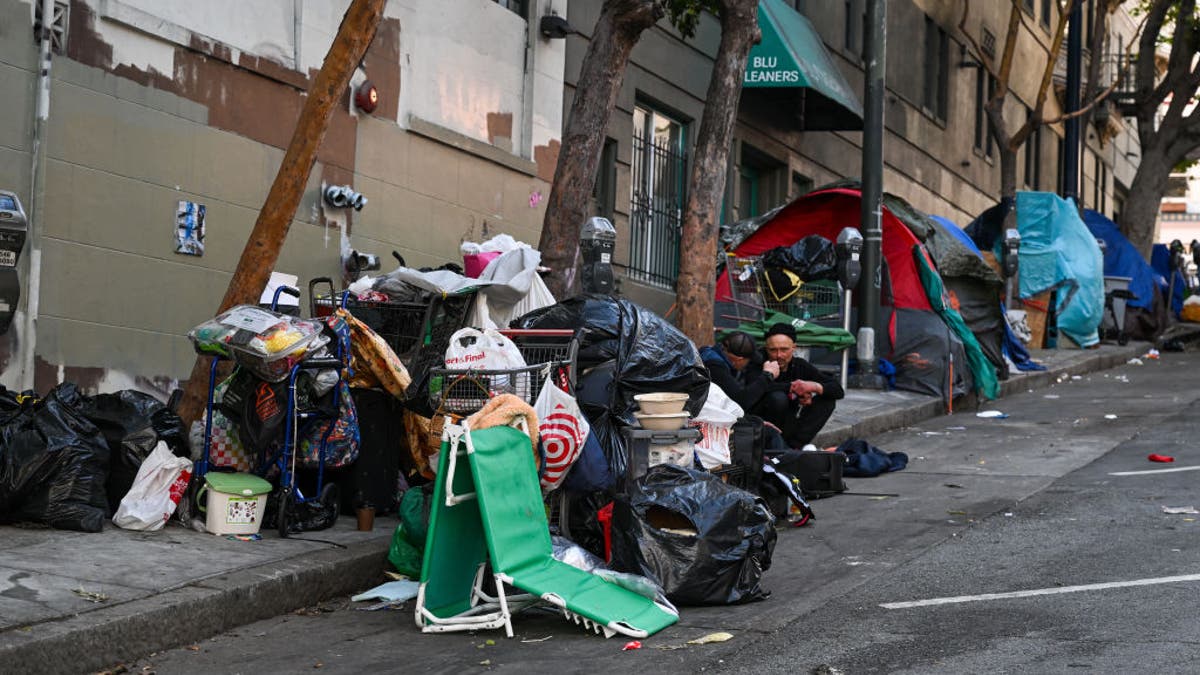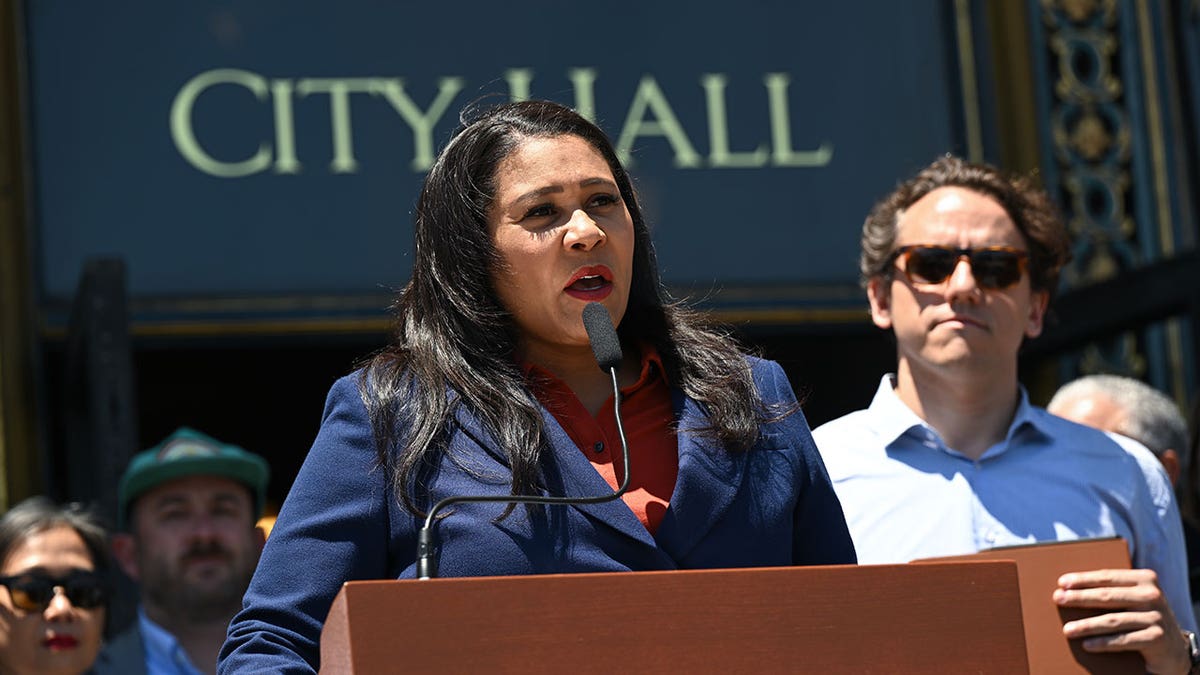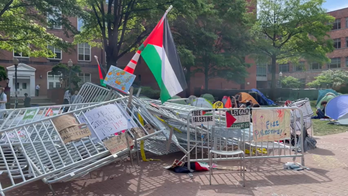San Francisco police union chief blames defund movement for city's lawlessness
The San Francisco Police Department is offering $100,000 starting salaries to new recruits. The police union chief says signs of the vacancies are evident.
San Francisco, one of the country's most politically far-left cities, is showing the slowest post-COVID pandemic recovery of any major U.S. or Canadian city, according to newly published data.
The University of Toronto's School of Cities this week released its "Downtown Recovery Rankings," which were based on the change in level of foot traffic in dozens of North American cities from before the pandemic to afterward.
Specifically, researchers used mobile phone trajectory data to examine the number of visits to 62 downtown areas, comparing recent activity in the largest cities across the U.S. and Canada to pre-pandemic levels in 2019.
According to the study, San Francisco ranked dead last in recovering from the COVID pandemic, when downtowns around the world became unrecognizably quiet and lifeless due to lockdown measures. Indeed, the far-left California enclave this spring experienced only 32% of the foot traffic seen during the spring of 2019. The number was identical when compared to the winter (December 2022 through February 2023) of the same period in 2019.

A homeless encampment is seen in the Tenderloin District of San Francisco on June 6, 2023. (Tayfun Coskun/Anadolu Agency via Getty Images)
The results came a little over two months after San Francisco launched a costly $6 million ad campaign in a bid to attract tourists and business travelers — one of many efforts by the city, led by Democratic Mayor London Breed, to revitalize downtown.
The city has faced a wave of recent bad headlines amid an ongoing crime wave, drug abuse epidemic and homeless crisis. A high cost of living and layoffs in the tech industry are further saddling San Francisco, which has been simultaneously weighing proposals to potentially dole out millions of dollars each to qualifying Black residents as a way to make amends for slavery and racism. The city is facing a massive $780 million two-year budget deficit.
Downtown San Francisco has been affected more than other parts of the city by these myriad factors. Vacancies in office buildings are currently at about 33%, more workers are staying home in a post-COVID world and some smaller businesses have left with a pool of fewer customers.
"San Francisco has been a real problem child" in terms of incomes and post-COVID downtown recovery, Susan Thompson, a San Jose-based real estate adviser who specializes in leased downtown locations, told the California Globe. "A lot of companies that were in San Francisco now have offices either outside the city or offer remote work. For the ones who remain, there are fewer businesses there catering to them. They have to contend with crime. Employees don’t feel safe, especially with the homeless problem in the city. Commutes are killing many, because a large number of people drive or take public transportation from neighboring cities or even in cities a county or two away."
NEWS CREW IN SAN FRANCISCO WATCHES LIVE AS MAN BRAZENLY STEALS FROM A WALGREENS: ‘DID THAT GUY PAY?’

San Francisco Mayor London N. Breed speaks during a rally for the Housing for All process reform legislation in advance of the San Francisco Planning Commission vote outside City Hall on June 29, 2023. (Tayfun Coskun/Anadolu Agency via Getty Images)
Other California cities fared better in the wake of the pandemic. Bakersfield and Fresno, for example, both grew above 100% recovery, according to the University of Toronto data, ranking nos. 2 and 3 overall on the list. Only Salt Lake City enjoyed a stronger recovery, seeing an 139% surge in downtown activity in spring 2023, compared to spring 2019.
As for other California cities on the list, San Diego has seen almost full recovery with 88%. The others aren't doing as well but aren't at the bottom of the list, either: Sacramento (75%), San Jose (74%), Los Angeles (63%) and Oakland (50%).
CLICK HERE TO GET THE FOX NEWS APP
The authors of the study note in their research brief that while researchers "typically measure downtown vitality" with key indicators such as "office vacancy rates, public transportation ridership, and retail spending," their methodology to use mobile phone data containing user locations provides a "new way to directly measure downtown activity patterns."





